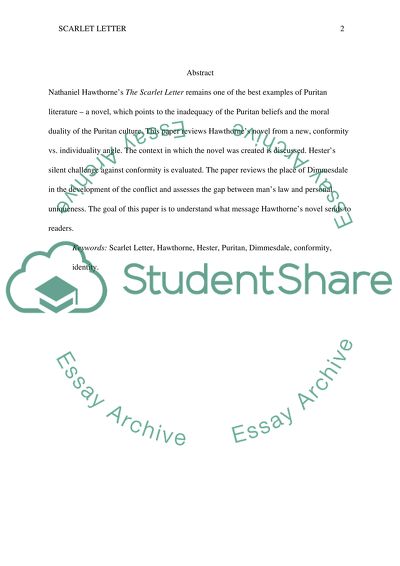Cite this document
(“Scarlet Letter Review Book Report/ Example | Topics and Well Written Essays - 2250 words”, n.d.)
Retrieved from https://studentshare.org/literature/1429633-scarlet-letter-review
Retrieved from https://studentshare.org/literature/1429633-scarlet-letter-review
(Scarlet Letter Review Book Report/ Example | Topics and Well Written Essays - 2250 Words)
https://studentshare.org/literature/1429633-scarlet-letter-review.
https://studentshare.org/literature/1429633-scarlet-letter-review.
“Scarlet Letter Review Book Report/ Example | Topics and Well Written Essays - 2250 Words”, n.d. https://studentshare.org/literature/1429633-scarlet-letter-review.


